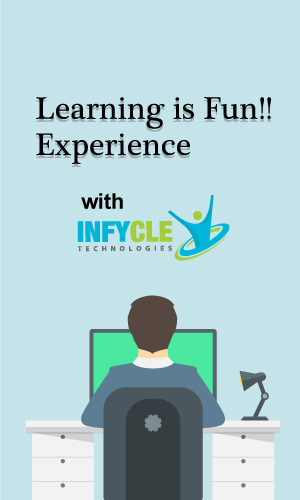Welcome to MVC
The ASP.NET MVC framework provides an alternative to the ASP.NET Web Forms pattern for creating Web applications and separates an application into three main components: the model, the view, and the controller.

Why MVC ?
Faster development process
Ability to provide multiple views
Support for asynchronous
SEO friendly Development
Course Content - MVC
1. Introduction to MVC
- MVC Architecture
- Understand the MVC design pattern and how it’s applied in ASP.NET MVC
- Understanding Model
- Understanding View
- Understanding Controller
- Key benefits of ASP.NET MVC
- Advantages of MVC based Web Application
2. HTML Helpers
- HTML Helper Methods
- Render HTML Form
- Using Drop Down List
- Binding Html Helper to Model
- Using “For” Methods with Typed Model
- Creating Views with HTML Helpers
3. Exploring Controller’s
- Exploring Controllers and Controller Base class
- Passing data from Controller to View
- Comparing View Data, View Bag and Temp Data
- Types of Action Methods
- Action Method Parameters
4. Model Binders
- Default model Binder
- Complex Type Model Binding
- Form Collection
- Model Binding
- Http Posted File
5. Designing and Implementing Databases with SQL Server
- Introduction to ADO.NET
- Creating Tables and Relationships
- SQL Fundamentals
- Stored Procedures
- Insert, Update, Delete, Select commands
6. Using AJAX and jQuery with ASP.NET MVC
- Overview of AJAX and ASP.NET MVC
- Unobtrusive AJAX
- Using AJAX Action Links
- Overview of jQuery
- jQuery Techniques
- Using jQuery UI
7. Creating an application in MVC
- Creating strongly-typed views
- Understanding URLs and action methods
- Using HTML helpers
- Handling form post-backs
- Data validation
8. MVC State Management
- Using hidden fields
- Session and Application State
- Custom model bindings




Infycle Technologies
Let Profession Search You